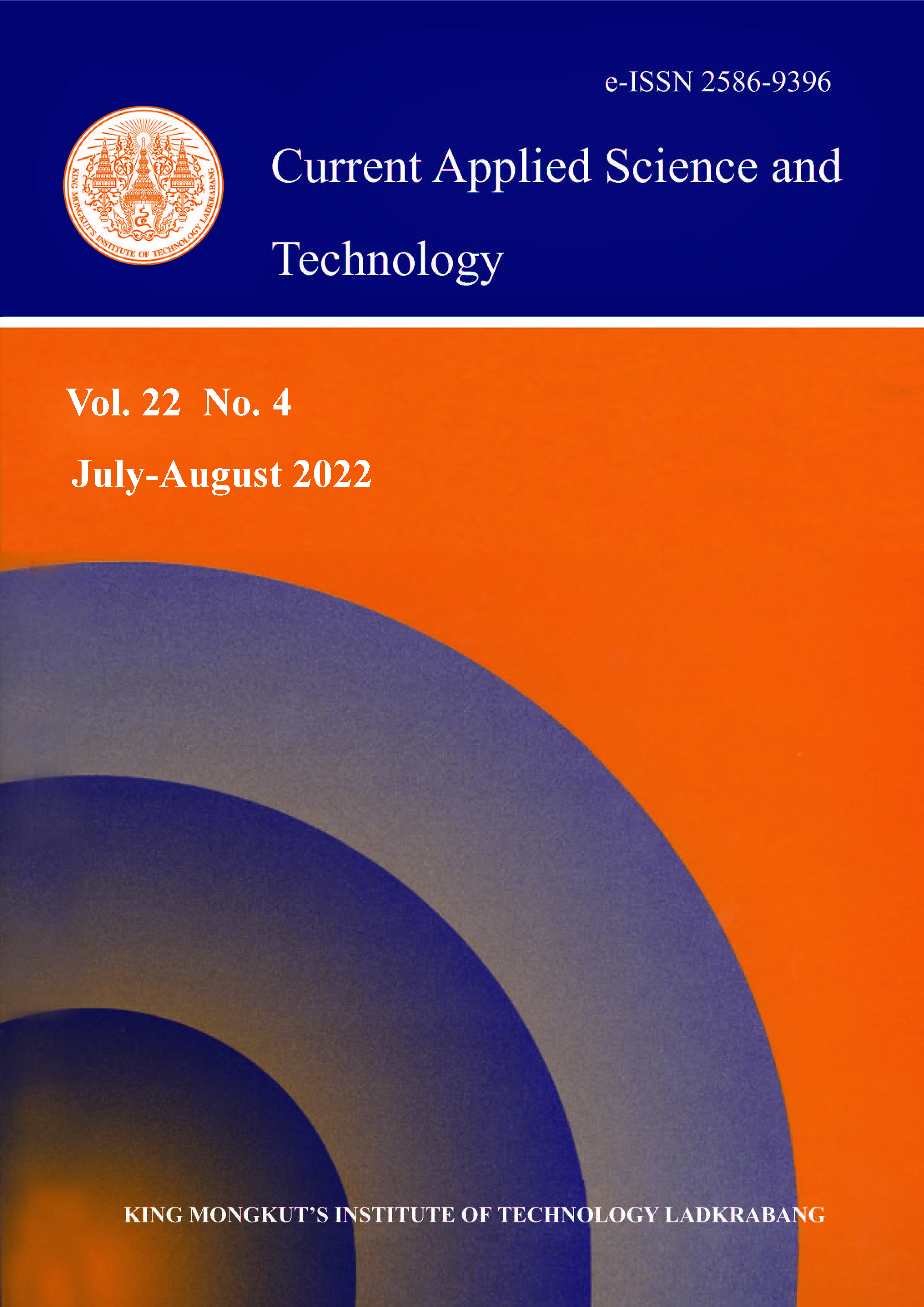The Response of Streamflow to Climate Change in Gumera Watershed, Blue Nile River Basin, Ethiopia
Main Article Content
Abstract
Change in water hydrology is caused by climate change. This study evaluates the response of stream flow to climate change. A study of the impact of climate change on streamflow and direct runoff in the Gumera watershed was carried out using the hydrologic model HEC-HMS. Climate change impact analysis was performed using a down scaled Regional Climate Model (RCM) called the Hadley Center Earth System Model (Had GEM-ES). In this model, bias correction was done for 365 days using power transformation for rainfall correction. The study showed that for the RCP2.6 scenario, streamflow decreases annually by 0.001% in the 2050’s. It decreases annually with change of 0.01% for RCP4.5. The RCP8.5 scenario reveals an annual decrease in streamflow of 0.002%. The study provides a broad perspective on probable hydrologic alterations in the region, and the results provide useful input for sustainable water resource development.
Keywords: climate change impact; streamflow precipitation; direct runoff; HEC-HMS; Gumera watershed; Ethiopia
*Corresponding author: Tel.: +264817713539
E-mail: kbushira@nust.na
Article Details

This work is licensed under a Creative Commons Attribution-NonCommercial-NoDerivatives 4.0 International License.
Copyright Transfer Statement
The copyright of this article is transferred to Current Applied Science and Technology journal with effect if and when the article is accepted for publication. The copyright transfer covers the exclusive right to reproduce and distribute the article, including reprints, translations, photographic reproductions, electronic form (offline, online) or any other reproductions of similar nature.
The author warrants that this contribution is original and that he/she has full power to make this grant. The author signs for and accepts responsibility for releasing this material on behalf of any and all co-authors.
Here is the link for download: Copyright transfer form.pdf
References
Chakilu, G.G., Sándor, S. and Zoltán, T., 2020. Change in stream flow of Gumara watershed, upper Blue Nile Basin, Ethiopia under representative concentration pathway climate change scenarios. Water, 12(11), 3046, https://doi.org/10.3390/w12113046.
Frederick, K.D. and Major, D.C., 1997. Climate change and water resources. Climatic Change 37, 7-23.
Houghton, J.T., Meira, L.G., Callander, B.A., Harris, N., Kattenberg, A. and Maskell, K., 1996. Climate change 1995: the Science of Climate Change. Cambridge: Cambridge University Press.
Gleick, P. and Shiklomanov, I.A., 1989. The Impact of Climate Change for Water Resources. Second Meeting of IPCC WG-2, WMO/UNEP. Geneva: World Climate Programme Publication Series.
Robert, T., Watson, M.C. and Richard, H.M., 1996. Impacts, Adaptations and Mitigation of Climate Change: Scientific-Technical Analyses. Contribution of Working Group II to the Second Assessment Report of the Intergovernmental Panel on Climate Change. New York: Cambridge University Press.
Kangsheng, W. and Carol, A.J., 2007. Hydrologic response to climatic variability in a Great Lakes Watershed, a case study with the SWAT Model. Journal of Hydrology, 337(1-2), 187-199.
IPCC Report, 2014. IPCC Fifth Assessment Report of the Intergovernmental Panel on Climate Change. [online] Available at: https://www.ipcc.ch/report/ar5/syr/.
Mersha, C., 2015. Modeling the Impact of Climate Change on the Hydrological Regimes of Gumara Watershed. MSc. Arba Minch University, Ethiopia.
Grijsen, J.G., Visvanath, R. K., Qazi, R.L., Bhat, N.K., Chakrabarti, S.P., Trivedi, R.C. and Abbi, S.D.S., 1999. Hydrology Project Training Module: How to Correct and Complete Rainfall Data. [online] Available at: http://cwc.nic.in/main/HP/download/10.
Lyne, V. and Hollick, M., 1979. Stochastic time-variable rainfall-runoff modeling. 7th Hydrology and Water Resources Symposium, Institute of Engineers Australia, June 10-12, 1979, pp. 89-93.






